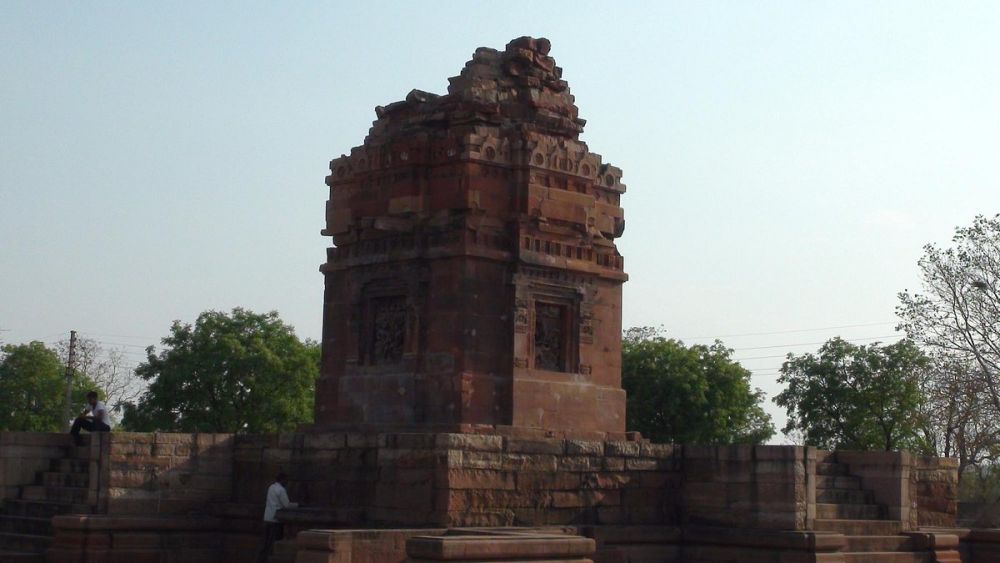

The Dashavatar Temple, also known as the Panchayatan Temple, is a significant ancient temple dedicated to Lord Vishnu located in Dhanaulti, which is near the more famous town of Mussoorie in the Indian state of Uttarakhand. This region is rich in history and spiritual significance, with the temple itself being one of the earliest known Panchayatan temples in North India.
The Dashavatar Temple dates back to the Gupta Empire, specifically between the 5th and 6th centuries AD. It is revered as one of the earliest temples that depict the 'Dashavatar' or the ten incarnations of Lord Vishnu, a major deity in Hinduism. The temple’s architecture is a fascinating subject for historians and archaeologists as it provides insight into the early development of North Indian temple architecture.
The influence of the Gupta period on temple construction is witnessed here. Its terraced basement, high plinth, sanctum with a 'Shikhara' and portico with pillars are characteristic of the time and display a transition from the ancient to the early medieval Indian period in temple architecture.
Tourism in Dhanaulti, and by extension to the Dashavatar Temple, began to pick up with the popularization of Mussoorie as a hill station during the British Raj. Dhanaulti historically served as a quiet getaway spot, with tourism initially limited to domestic visitors. However, as international tourists began exploring the cultural heritage sites of India, temples like Dashavatar became prominent points of interest on the global map.
With the advent of eco-tourism, Dhanaulti, and the areas around it have seen a change in the tourism demographic. Adventure tourism has picked up with activities like trekking, mountain biking, and camping becoming popular. The temple's serene location amidst the woods of Deodar, Rhododendron, and Oak also attracts tourists seeking spiritual and mental peace.
The revival of cultural tourism is another trend, with a growing interest in a temple like Dashavatar which allows visitors to immerse themselves in ancient artistic mastery and spirituality. Efforts are made to conserve and highlight the multiple aspects of cultural heritage in this region.
While Dhanaulti emerges as a tourism hotspot known for its natural beauty, the Dashavatar Temple stands as a testament to the artistic and spiritual history that has added layers to this natural splendor. It continues to be an integral part of Dhanaulti’s tourism scene, drawing visitors from across the world to witness its historical grandeur and peaceful ambiance.
In recent years, the Uttarakhand Tourism Department has taken steps to improve accessibility and facilities at cultural sites, including the Dashavatar Temple. Tourists visiting here are advised to respect the sanctity of the temple and to explore the surrounding area responsibly to preserve its natural and historical heritage.
With the combination of ancient heritage and pristine natural landscapes, the Dashavatar Temple remains not just a beacon for devotees, but also for history enthusiasts, art lovers, and eco-tourists alike.